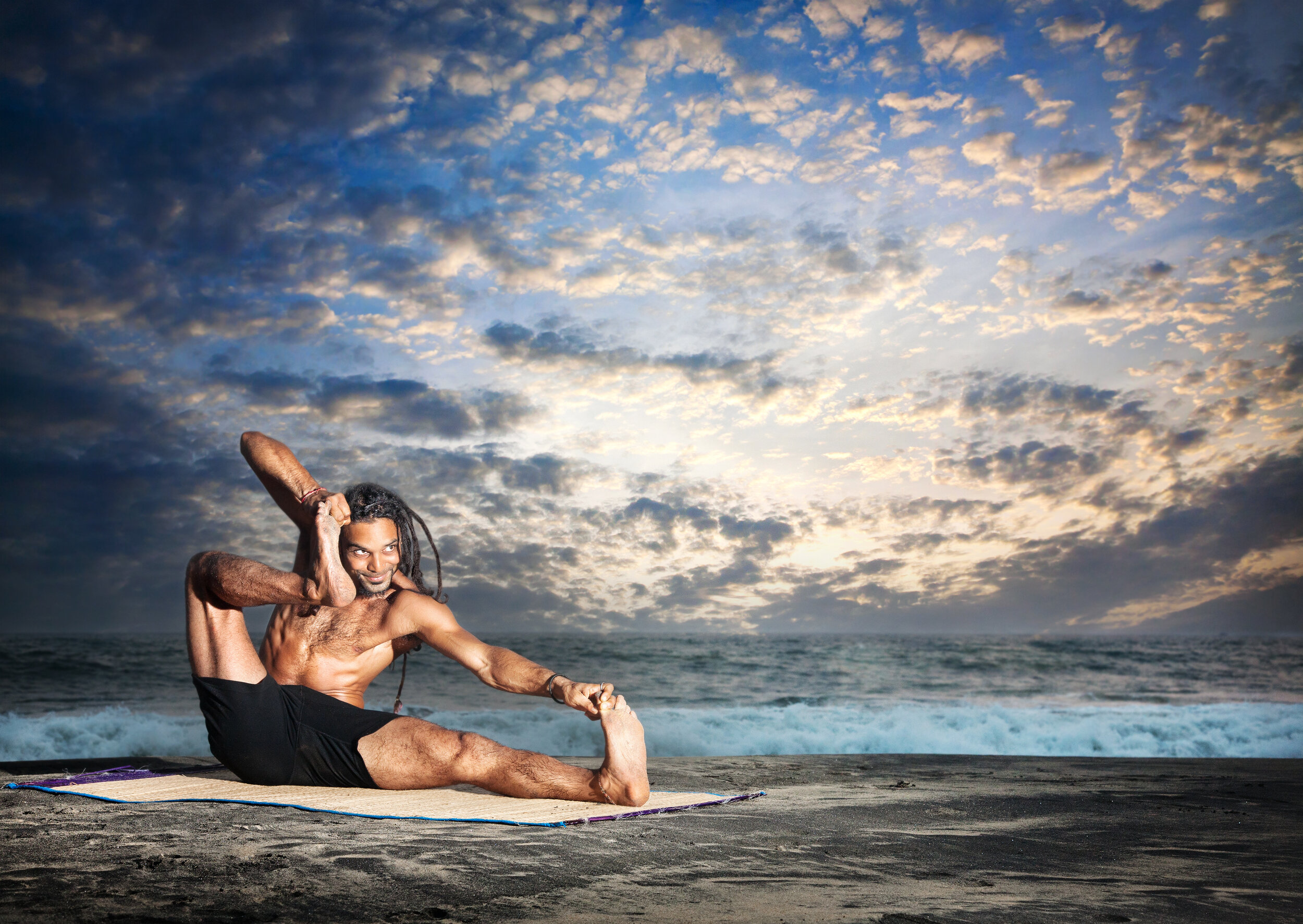Often times our interactions with the yoga community are brief. Greet the front desk associate, run to class to set up, check in with the teacher and practice. We thank the teacher and move through the rest of our day. Every once in awhile we have some time to chat about life. Nest Staff Spotlight allows fellow teachers, staff members and our yogis the opportunity to delve into the life of a selected community member. We hope this gives everyone a chance to learn more about our teachers and staff.
For the first Staff Spotlight, we interviewed one of our newest teachers, Quamay Sams. Quamay completed his 200-hr teaching training in New York City in 2016 and moved to the Bay Area in 2018 to pursue more education and further his career. We are thrilled to have Quamay join our team of highly skilled instructors!
Tell us about yourself. Anything you want the Nest community to know.
I’m just here to spread love.
What would you like the community to know about your classes, teaching style or you?
I would like them to know that everyone is welcome. I wish to provide an environment in which you are physically and mentally challenged at any level. My mission is to help people feel empowered to be who they are in their truth. I want people to feel like they belong in any space and that they are enough regardless of how they show up by displaying that in my own practice and teaching.
What or who inspires you?
Alan Watts
Malcolm X
Words. Words draw me into another space mentally, whichever form i take them in. Music, Books, Poetry, Speech. All these things resonate with me because of my love for words.
What are three things still left on your bucket list?
Bungee Jumping
Climb El Capitan
Visit Japan
When was the last time you laughed so hard you cried?
I laugh and tear daily because i have hilarious friends & family, but i will say the last REAL hard one was back home in NYC. 2 years maybe?
What are you currently reading, watching or listening to?
I am currently reading 12 Rules For Life by Jordan B Peterson (Clinical Psychologist) watching Lie to Me (abc) and an Anime called Black Clover. Listening to Kirk by DaBaby .
What do you love most about your hometown?
How authentic people are. It’s so RAW. You always know where you stand with someone and no one will hesitate to tell you how they feel. We just Real. Also, 24hr deli’s..
What obstacles has yoga helped you overcome? Has yoga created any obstacles?
Besides the mental aspect being an amazing aid to my depression and anxiety, the ability to create physical range and strength in my body is transformative. I’m not sure if this is so much an obstacle as it is a natural truth in life, but I often have to remind myself that my view on the world isn’t the only view; and my job here isn’t to push my beliefs on anyone. When you know something that is good to you, you can’t help but want to share it with everyone.
What’s a typical day like for you?
I'm pretty boring. Wake up, drink coffee, read/journal, meditate, do yoga, teach yoga, maybe climb or dance depending on the day, and end it with video games or a good show at night. I like sleep.
What are you happiest doing when you’re not working?
Not working lol, trying to be as lazy as possible.
What is one thing you can’t resist? Why?
Following my intuition. From a young age I've supported myself on my own and whenever i’ve done something that wasn’t true to me I’ve lost more than I've gained.
Where is the best place you’ve traveled to and why?
Here. My world changed in the Bay.
You can catch Quamay at the studio teaching Vinyasa classes on Monday and Wednesday from 4:30 pm to 5:30 pm and Friday 5:30 pm to 6:30 pm.




